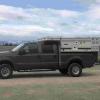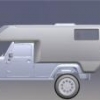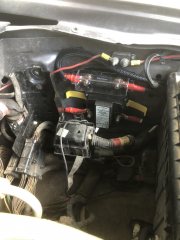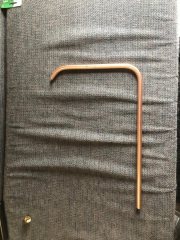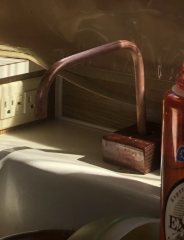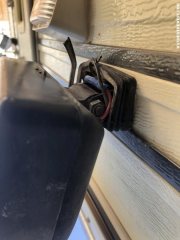Electrical Wizards, Why use a DC - DC charger rather than a Blue Sea si-ACR? Advantages one vs the other?
depends on a lot of things Boonie. Big advantage of the ACR is that it is protecting/monitoring both battery banks. Solar and alternator and shore power and generator can charge both battery banks. The ACR separates the battery banks if either bank drops too low in voltage.
Most newer trucks have "smart" alternators that keep voltage down (usually to protect the in-truck electronics, which are getting a lot more complicated these days). Usually less than 13V. Older alternators ran at 14+ volts. My 2006 Chev runs at 14.5 most of the time.
Now add in the fact that most RV's (including FWC/ATC Campers) are run with small wires (14g up to 10g) and you have enough voltage loss across the 25' run from the alternator to the camper batteries that there isn't enough of a voltage difference at the camper battery to be able to charge them efficiently. That can be fixed by using fatter wires, and/or using a DC-DC charger close to the camper batteries.
Other factors enter in too, such as differing battery chemistry, but that's the short answer.


